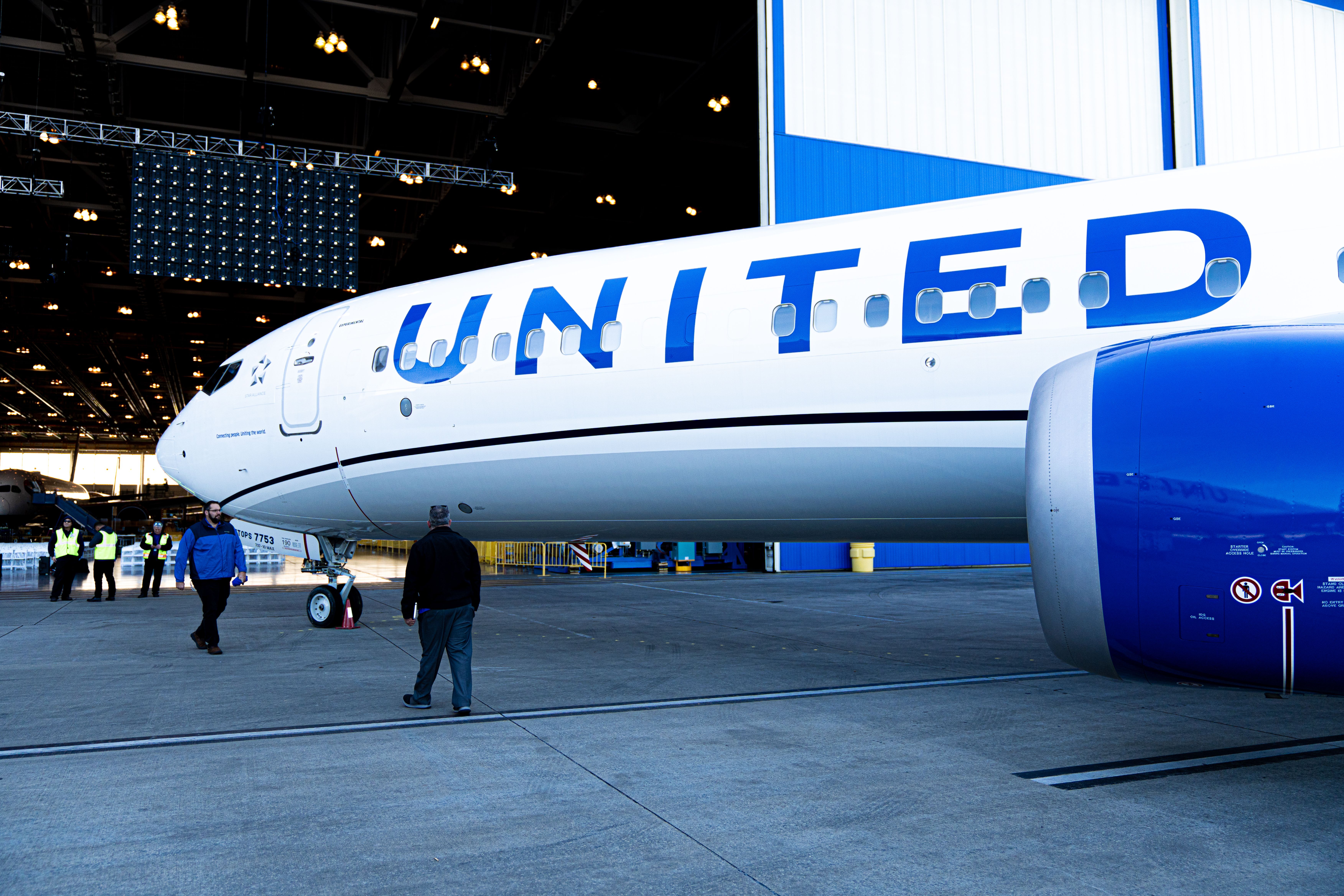Summary FAA amending rule lifting the requirement for non-smoking sign switch functionality on aircraft. United Airlines previously grounded A321neos over inability to turn off non-smoking signs. New rule change allows for exemptions without needing to physically alter aircraft.
The Federal Aviation Administration is amending a rule that required “No Smoking” signs to be able to turn off. Finally changing the rules The “no-smoking” sign regulation which required the the non-smoking sign to have the functionality to turn off, is being lifted. In a filing from the Federal Aviation Administration (FAA), the regulator stated it would amend the rules, which recently led United Airlines to ground its Airbus A321neos .

The ruling will be effective 60 days after date of publication in the federal register. Currently, the Federal Aviation Administration requires that airlines have the ability to turn off the non-smoking signs on aircraft, even though smoking has been prohibited since the 1990s. According to the filing, current regulations were drafted when the Department of Transportation (DOT) permitted smoking at times on commercial flights.
Since smoking has been banned for years, there is no longer a need to uphold this regulation. Six months ago, when United grounded its A321neos because crew could not turn off the non-smoking signs, the airline requested an exemption. This was granted and within a few days, United was able to resume its flights.
After United filed for an exemption, other airlines followed suit and also received exemptions. According to the filing, aircraft manufacturers do not need to make any changes to the planes and can continue to leave the manually-operated non-smoking signs. But, there will no longer be a requirement for a physical or software switch to be added.
The FAA added that the proposed rule change is mainly technical as it complies with practices that have already been allowed exemptions. Considered a direct final rule , the proposed change allows for comments up to 30 days after the publication in the federal register. Should any adverse comments be received, the FAA will publish another document in the final register before the effective date of the direct final rule.
This document could withdraw the direct final rule in whole or in part. Get the latest aviation news straight to your inbox: Sign up for our newsletters today. Previous history Delta Air Lines was the first to seek an exemption to the ruling that required a crewmember to operate a switch for the non-smoking sign.
The FAA granted the exemption, which led to dozens of petitions from manufacturers and airlines. According to the FAA, there are currently 44 exemptions regarding the sign regulations. One of the most recent examples of exemption was mentioned above.
United’s request came after the airline was forced to ground five planes. Smoking was banned for all scheduled flights in the US on June 4, 2000. Before this, Delta and American Airlines, which had been granted exemptions, established their own airline-wide ban on smoking.
Though several airlines and manufacturers were given exemptions, the process was not so simple for a long time. Until recently, the FAA only issued exemptions for two-year periods, leading airlines and manufacturers to regularly renew. But should this rule be approved, no permission will be needed to remove the switches.
.



















